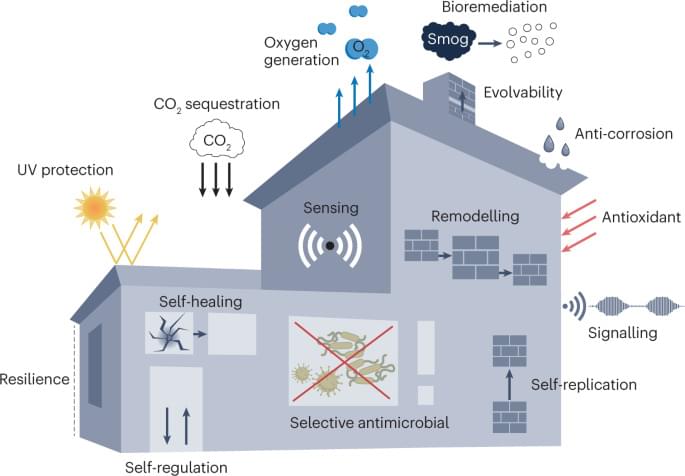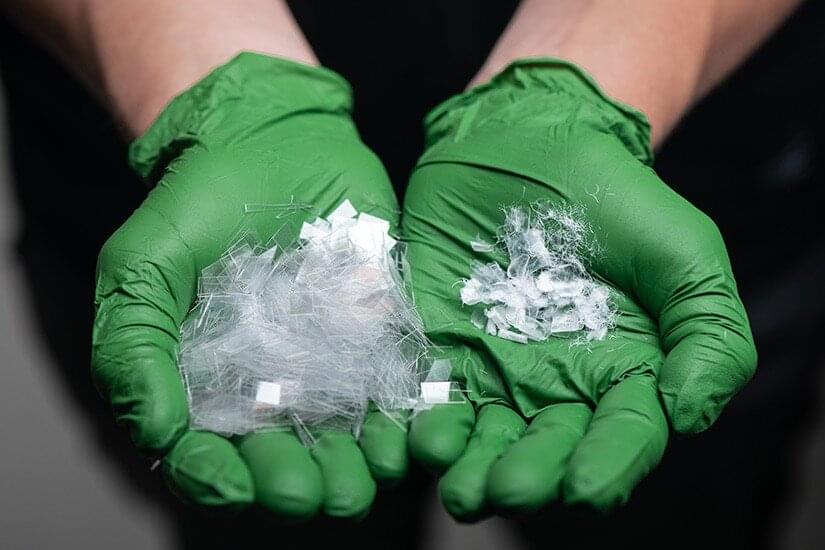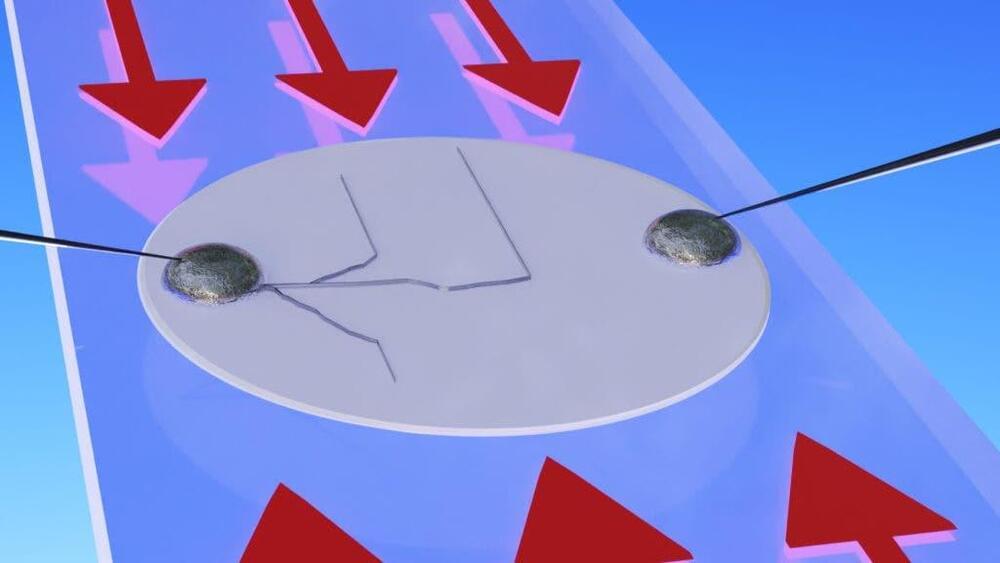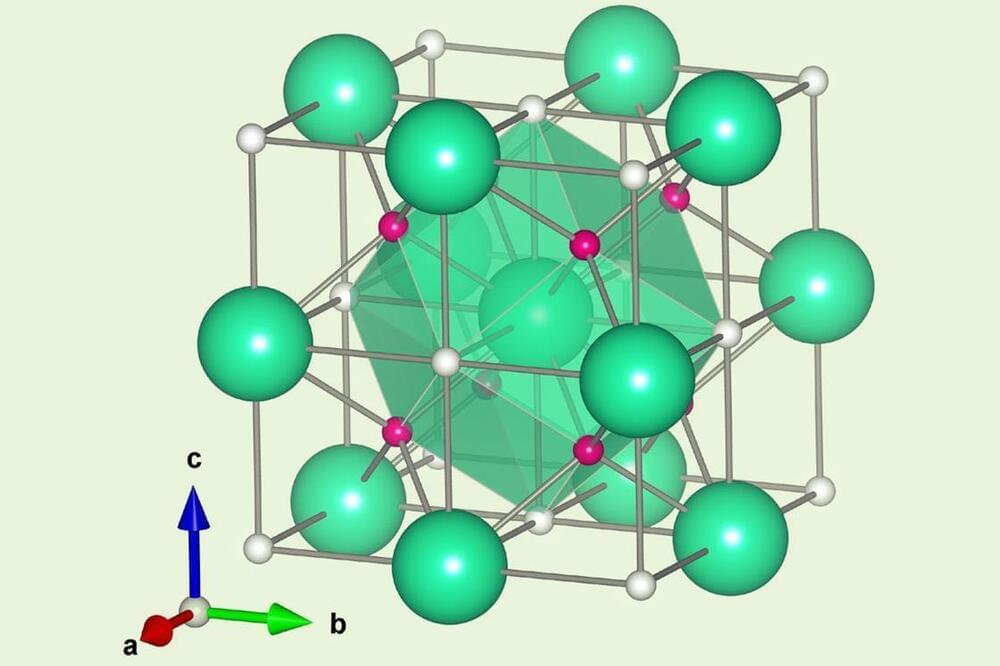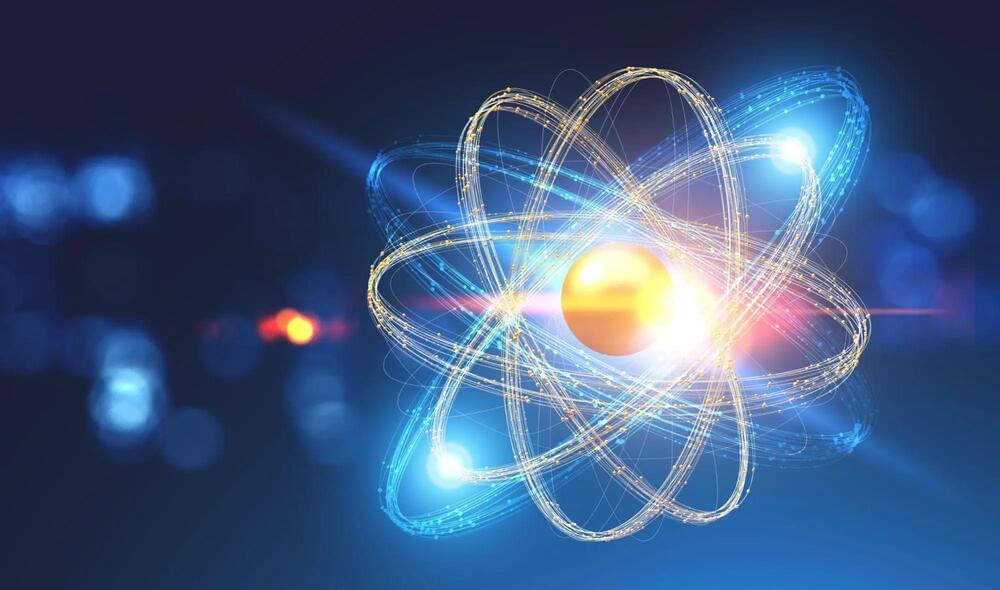Progress in biomimetics allows for the fabrication of man-made materials and surfaces with properties similar to biological ones. These advancements enable the development of a new generation of building materials for architecture that have remarkable properties typically unachievable with a traditional approach.
Category: sustainability – Page 175
What do a T-shirt, a rug, and a soda bottle have in common? Many are made from polyethylene terephthalate (PET), a ubiquitous plastic that revolutionized the materials industry after it was patented in the 1940s.
Created from petroleum refining, PET is a material known for its durability and versatility. It is easily molded into airtight containers, woven into durable carpets, or spun into polyester clothing.
“The reality is that most PET products—especially PET clothing and carpeting—are not recycled today using conventional recycling technologies,” explained Gregg Beckham, senior research fellow at the National Renewable Energy Laboratory (NREL) and CEO of the U.S. Department of Energy BOTTLE Consortium. “The research community is developing promising alternatives, including enzymes designed to depolymerize PET, but even these options have tended to lean on energy-intensive and costly preprocessing steps to be effective.”
A breakthrough regarding dendrites made by MIT researchers may finally open the way to the building of a new type of rechargeable lithium battery that is safer, lighter, and more compact than existing models, a concept that has been pursued by labs all over the world for years.
The replacement of the liquid electrolyte between the positive and negative electrodes with a considerably thinner, lighter layer of solid ceramic material and the replacement of one electrode with solid lithium metal are the two essential components of this prospective advancement in battery technology. By making these changes, the battery’s overall size and weight would be significantly reduced, and the flammable liquid electrolytes that provide a safety risk would be eliminated. Dendrites, however, have proven to be a significant obstacle in that pursuit.
Dendrites are metal growths that can accumulate on the lithium surface, pierce through the solid electrolyte, and finally cross from one electrode to the other, shorting out the battery cell. Their name is from the Latin word for branches. There hasn’t been much advancement in the understanding of what causes these metal filaments or how to stop them from occurring, making lightweight solid-state batteries a problematic alternative.
Microsoft laid off an entire team dedicated to guiding AI innovation that leads to ethical, responsible and sustainable outcomes. The cutting of the ethics and society team, as reported by Platformer, is part of a recent spate of layoffs that affected 10,000 employees across the company.
The elimination of the team comes as Microsoft invests billions more dollars into its partnership with OpenAI, the startup behind art-and text-generating AI systems like ChatGPT and DALL-E 2, and revamps its Bing search engine and Edge web browser to be powered by a new, next-generation large language model that is “more powerful than ChatGPT and customized specifically for search.”
The move calls into question Microsoft’s commitment to ensuring its product design and AI principles are closely intertwined at a time when the company is making its controversial AI tools available to the mainstream.
Aleph Farms/Instagram.
Will the global resources be ready to accommodate the world’s dietary needs?
Exploiting the natural and energy resources of the moon and asteroids can spark a space-based industrial revolution that could be a boon to all humankind. Pure science alone will be enough reason for the people who pay the bills to finance space exploration. Accessing the wealth that exists beyond the Earth is more than enough incentive for both public and private investment. Science will benefit. Someone will have to prospect for natural and energy resources in space and to develop safe and sustainable ways to exploit it.
Conflict between scientists and commercial space is already happening. Astronomers complain that SpaceX’s Starlink satellite internet constellation is ruining ground-based observation. Some critics fear that commercial exploitation of the moon’s resources will impede the operation of telescopes on the far side of the moon.
In an exciting turn for the field of sustainable energy research, Australian scientists have found a way to make energy out of thin air. Literally.
As detailed in a new study published this week in the journal Nature, researchers from Monash University in Melbourne, Australia discovered a new bacterial enzyme that transforms the traces of hydrogen in our atmosphere into electricity, technology that could one day be used in fuel cells that power anything from a smartwatch to even a car.
“We’ve known for some time that bacteria can use the trace hydrogen in the air as a source of energy to help them grow and survive, including in Antarctic soils, volcanic craters, and the deep ocean,” said Professor Chris Greening, a contributor to the study, in a statement.
A Norwegian Greentech company has recently unveiled its new 1,000-foot (324m) tall, floating wind turbine array. Called “Wind Catcher”, this innovation in renewable energy generation could be used to power as many as 80,000 homes.
The system has been developed by the Norwegian-based Wind Catching Systems (WCS), who declare that their new wind turbine setup could generate five times the annual energy of the world’s biggest standalone wind turbines. Not only that, but if scaled, it could reduce the costs of wind energy to be competitive with traditional grid-supplied electricity.
Companies could one day make superconductive quantum computer chips that function at room temperature thanks to a new material from researchers in the US. Ranga Dias from the University of Rochester and colleagues made a material superconductive at 21°C and pressures less than 1% of those used for existing high-temperature superconductors. ‘The most exciting part is the pressure,’ Dias tells Chemistry World. ‘Even I didn’t think this was possible.’
Together with Ashkan Salamat’s team at the University of Nevada, Las Vegas, the scientists say that electrical resistance in their nitrogen-doped lutetium hydride falls to zero at room temperature. Making room-temperature zero-resistance materials is a chemistry ‘holy grail’ and could fight climate change by reducing the 5% of electricity lost as heat while flowing through the grid.
However, Dias and Salamat’s team hasn’t been able to fully confirm the new material’s structure. As hydrogen atoms are so small they don’t easily diffract the x-rays used to work out the material’s composition. And this is an important reservation, considering the publisher of the team’s previous high-temperature superconductor paper retracted it.
Since the advent of quantum mechanics, the field of physics has been divided into two distinct areas: classical physics and quantum physics. Classical physics deals with the movements of everyday objects in the macroscopic world, while quantum physics explains the strange behaviors of tiny elementary particles in the microscopic world.
Many solids and liquids are made up of particles that interact with each other at close distances, leading to the creation of “quasiparticles.” Quasiparticles are stable excitations that act as weakly interacting particles. The concept of quasiparticles was introduced in 1941 by Soviet physicist Lev Landau and has since become a crucial tool in the study of quantum matter. Some well-known examples of quasiparticles include Bogoliubov quasiparticles in superconductivity, excitons in semiconductors.
Semiconductors are a type of material that has electrical conductivity between that of a conductor (such as copper) and an insulator (such as rubber). Semiconductors are used in a wide range of electronic devices, including transistors, diodes, solar cells, and integrated circuits. The electrical conductivity of a semiconductor can be controlled by adding impurities to the material through a process called doping. Silicon is the most widely used material for semiconductor devices, but other materials such as gallium arsenide and indium phosphide are also used in certain applications.
